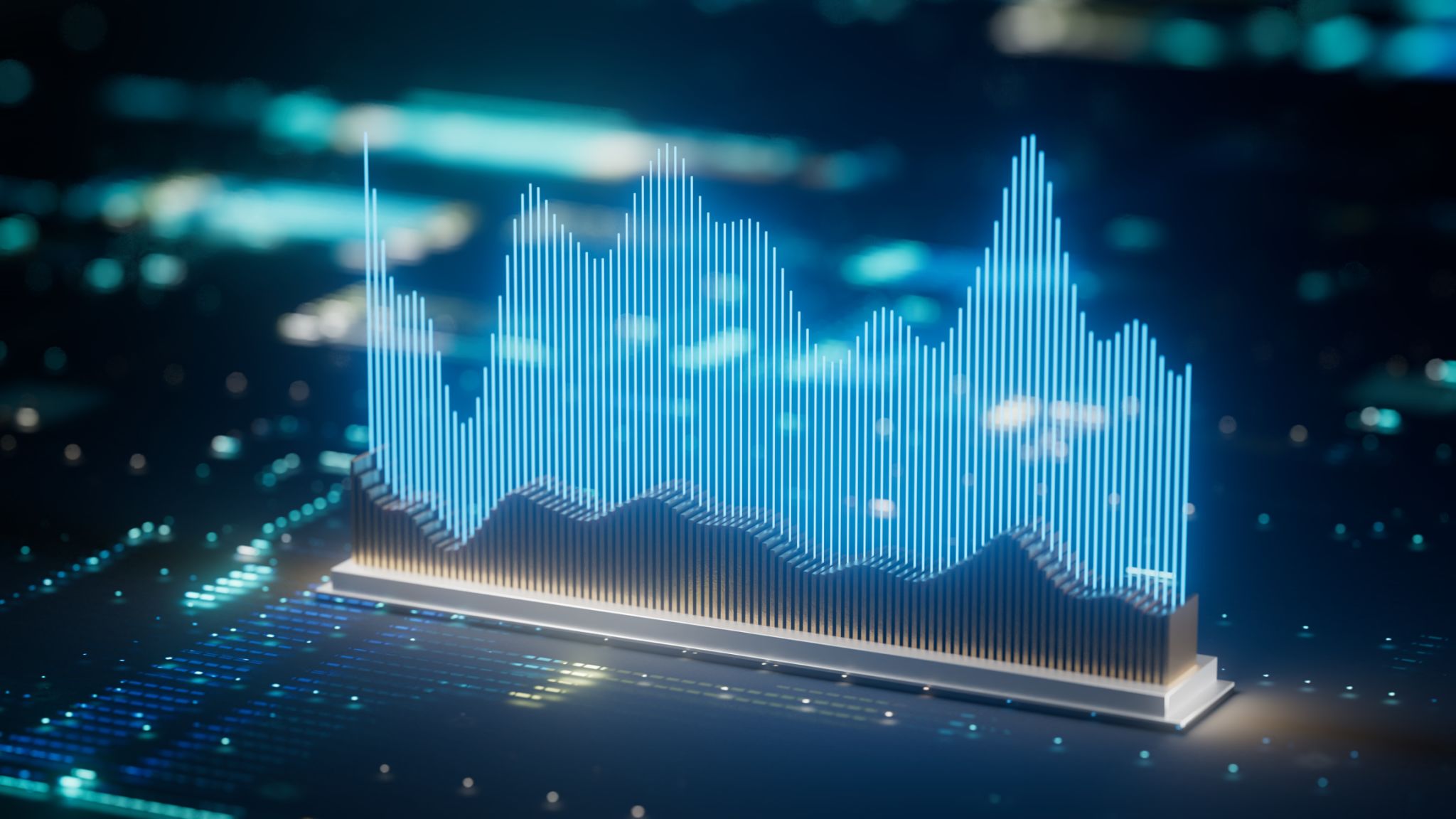AI Trading vs. Traditional Trading: Understanding the Key Differences
Introduction to AI Trading and Traditional Trading
In recent years, the world of trading has seen a significant transformation with the rise of artificial intelligence (AI). While traditional trading relies heavily on human analysis and decision-making, AI trading leverages advanced algorithms to automate and optimize trading processes. Understanding the key differences between these two approaches can help traders make informed decisions about which method best suits their needs.
Traditional trading involves manual research, analysis, and execution of trades by human traders. This method depends heavily on the trader's knowledge, experience, and intuition. In contrast, AI trading utilizes algorithms and machine learning to analyze vast amounts of data at lightning speed. This can potentially lead to more accurate predictions and faster decision-making.

The Role of Human Emotion in Trading
One of the most significant differences between AI trading and traditional trading is the role of human emotion. Human traders are often influenced by emotions such as fear and greed, which can lead to impulsive or irrational decisions. These emotional biases can sometimes result in suboptimal trading outcomes.
AI trading systems, on the other hand, operate without emotional interference. By relying on data-driven algorithms, AI can execute trades based on objective criteria, potentially reducing the risk of emotional decision-making. This can be particularly advantageous in volatile markets where rapid changes can trigger emotional responses.
Data Analysis and Decision-Making
Another key difference lies in the approach to data analysis and decision-making. Traditional traders often rely on technical analysis, chart patterns, and fundamental analysis to make informed decisions. These methods require extensive manual effort and expertise in interpreting market signals.
AI trading systems excel at processing enormous datasets in real-time, enabling them to identify patterns and trends that may not be visible to human traders. This capability allows AI to swiftly adapt to market changes and execute trades with precision. Moreover, AI can backtest strategies using historical data to improve future performance.

Speed and Efficiency
The speed and efficiency of trade execution are crucial factors distinguishing AI trading from traditional methods. In traditional trading, executing a trade manually can be time-consuming, especially during high-pressure market conditions. Human traders must analyze data, make decisions, and place orders—a process that can take several minutes or longer.
AI trading algorithms can execute trades in milliseconds, significantly reducing latency. This rapid execution can be a decisive advantage in capturing fleeting opportunities and optimizing trade entry and exit points. High-frequency trading (HFT) is a prime example where AI's speed outperforms human capabilities.
Customization and Adaptability
Traditional trading allows for a high degree of customization, as traders can apply their unique strategies and adapt to changing market conditions based on personal insights. This flexibility can be beneficial for experienced traders who have honed their skills over time.
AI trading systems are also highly customizable but require a different approach. Traders or developers must design and train algorithms based on specific parameters and desired outcomes. Once set, these algorithms can adapt quickly to evolving market dynamics through machine learning, continuously refining their strategies.

Accessibility and Cost
Accessibility and cost are important considerations for choosing between AI trading and traditional trading. Traditional trading platforms are generally more accessible to individual traders due to lower initial costs and fewer technical requirements. Most brokers offer user-friendly interfaces that cater to traders of all skill levels.
AI trading often involves higher upfront costs due to the need for sophisticated software, computational resources, and expertise in algorithm development. However, advancements in technology have made AI trading tools more accessible to retail traders. Platforms offering AI-driven features are becoming more prevalent, allowing traders to benefit from algorithmic insights without needing extensive programming knowledge.
Conclusion: Choosing the Right Approach
Deciding between AI trading and traditional trading depends on various factors, including personal preferences, trading goals, and available resources. Both methods have their advantages and limitations, making it essential for traders to carefully evaluate their options. While traditional trading offers a more hands-on approach with the potential for personalized strategies, AI trading provides unparalleled speed, efficiency, and data-driven decision-making.
Ultimately, a hybrid approach that combines elements of both AI and traditional trading might offer the best of both worlds. By leveraging technology alongside human insight, traders can enhance their performance and navigate the complexities of modern financial markets more effectively.